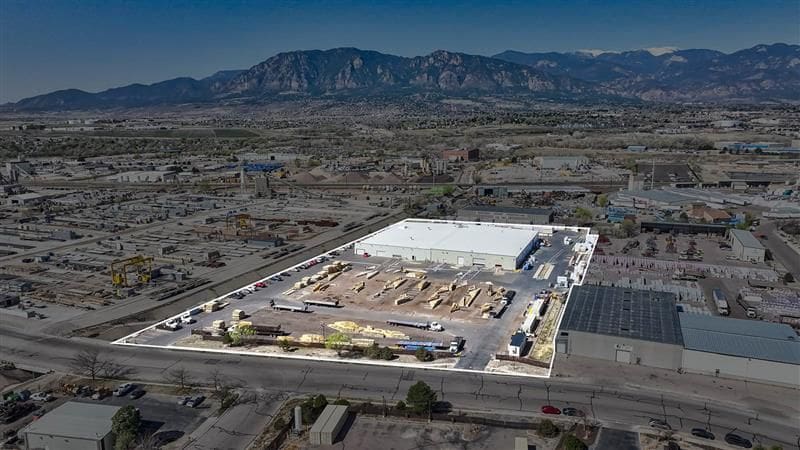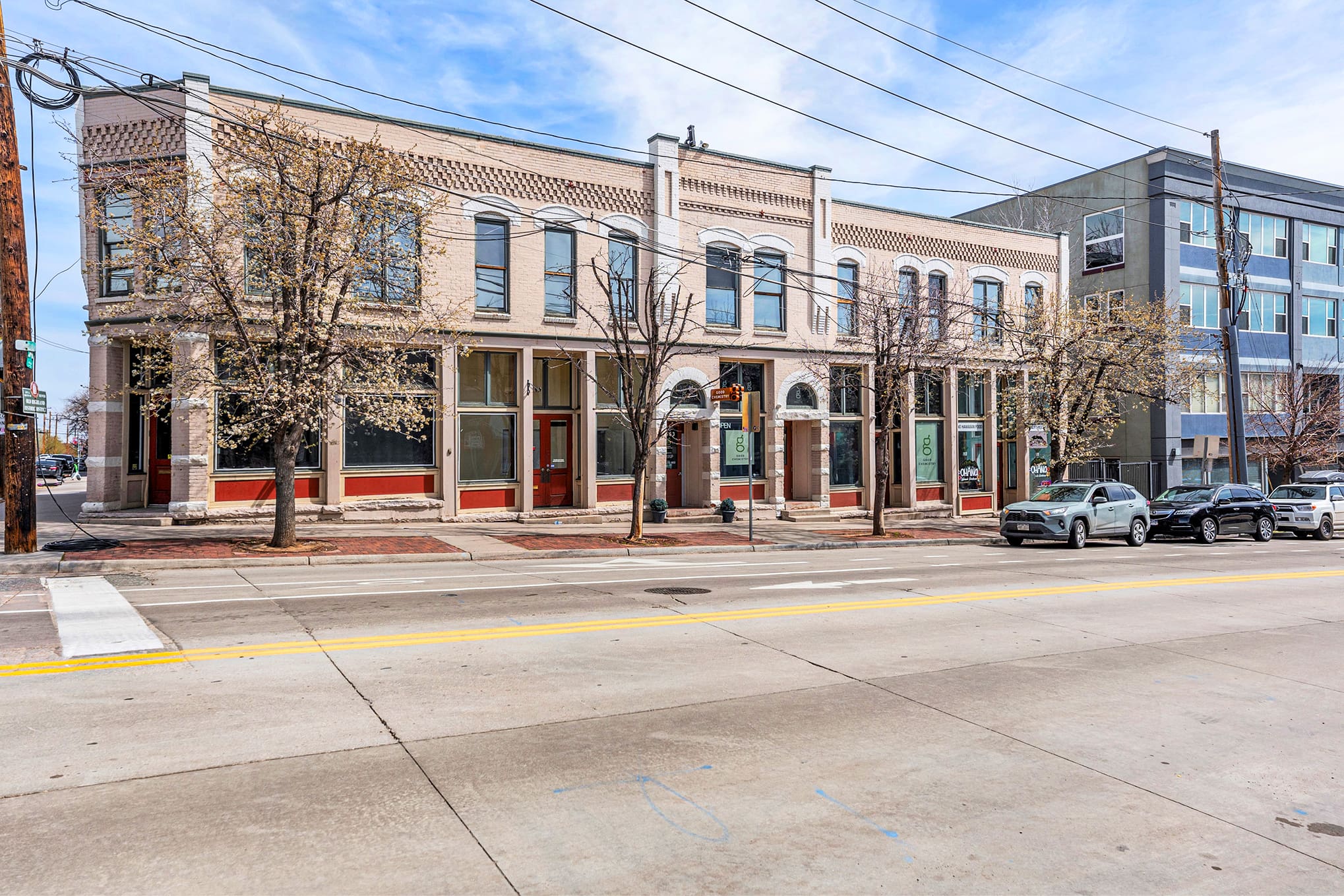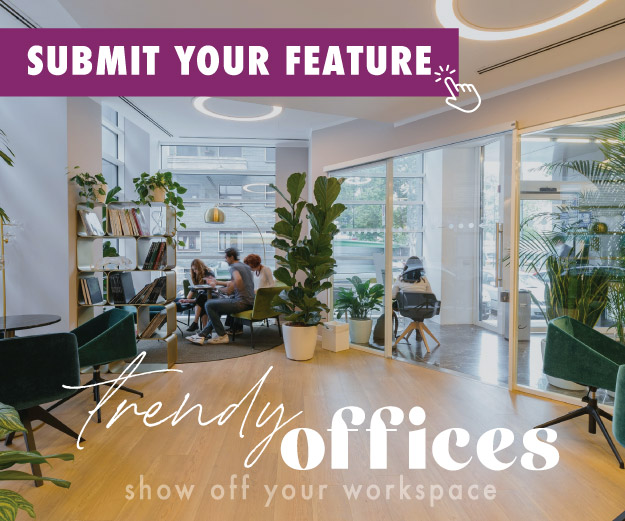Full-service, global architecture practice HLW has been selected to lead The Luzzato Company’s radical adaptive reuse of downtown Denver’s 621 17th St. and 633 17th St., converting the combined 970,000 square feet of commercial office space into an exciting new multifamily, mixed-use community. The transformation will bring new life to the block in one of the largest office-to-residential conversions west of New York, with approximately 700 new rental apartments, ground-floor retail opportunities, and community amenity spaces, designed to benefit both residents and neighbors.
Overseeing the project is HLW’s Sejal Sonani, AIA, managing partner, who shares more about the firm, her background, and where the design concept for the conversion is headed in this Q&A:
Can you tell us a little more about HLW? Is this the firm’s first Denver project?
Established in 1885, HLW is one of the longest-running continuous architectural practices in the country— a legacy we attribute to the role that our approach to collaborative leadership plays in keeping the firm strong, innovative, and progressive. In addition to planning, architecture, landscape, and interior design, HLW offers a complete suite of in-house specialty service studios: Ark, which focuses on market research and strategy; BEYOND, sustainability; brandx, brand experience and graphics; and Spark, lighting design.
We’re excited to all be working together to develop a cohesive program for the firm’s re-entry to the Denver market. HLW worked on the building repositioning project for the Vibe® Art District near Denver’s Santa Fe Art District a few years ago, but the transformation of 621 17th St. and 633 17th St. is a very different kind of undertaking.
What is your role at HLW?
As one of HLW’s three managing partners, I help drive our Global Leadership Team in shaping the future of the firm, from how we navigate the unique opportunities facing the AEC industry today to how we think about meaningful design and climate action. I’ve been with the firm since 2012 and have largely been focused on expanding the firm’s presence on the West Coast, both building out our regional practice and strengthening the firmwide adaptive reuse and building repositioning portfolio. With the frequency at which trends and market drivers shift, we saw an important opportunity to make our current building stock better—turning underutilized warehouse and big box retail buildings into mixed-use campuses with minimal interventions, and transforming historic landmarks into value-add assets for future tenants.
Have you worked on this kind of conversion before?
I recently spearheaded the renovation of buildings 205 and 208 on the Veterans Affairs (VA) West Los Angeles Campus. Initially built in 1937 and 1944 as neuropsychiatric hospitals, the two buildings were completely gutted and rehabilitated into permanent supportive housing and amenities for homeless and at-risk Veterans and their families. It was both an architectural and funding challenge, but it turned into a great success. I’ve worked on all kinds of projects over the years, but these are the ones I find most motivating and rewarding, so I’m particularly excited to be partnered with The Luzzatto Company on the conversion of 621 17th St. and 633 17th St.
What can you tell us about The Luzzatto Company? What is their vision for this development?
The Luzzatto Company is a family-owned real estate development and management firm; they’re ‘owner-user’ in the sense that their objective is long-term investment in their properties and the surrounding neighborhoods. I’ve worked with Asher and his team on various projects over the last decade or so—most recently on over 500,000 square feet of transit-oriented redevelopment along Los Angeles’ Expo Line, aimed at creating vibrant, walkable, and prosperous communities anchored by sustainable mobility.
Developers all over the country, Denver included, are selling entitled plans or ‘flipping’ buildings to drive movement in the conversion market, but that isn’t The Luzzatto Company’s model.
From an architectural perspective, what changes are needed to deliver on that vision?
The most important element of the redesign is that it aims to serve future residents, neighboring families and businesses, and light rail commuters. That’s the rubric we’ve been using to evaluate different strategies and options.
The buildings themselves, originally constructed in 1957 and 1974, have the right column spacing, window lines, and cores to support the feasibility of conversion. Office-to-residential projects are notoriously costly; Our initial estimate for this project is nearly $200 million, even with the relative flexibility of the existing architecture, so the design approach is centered around maximizing the existing layouts and available space as much as possible. More costly interventions are being weighed against their impact, so that resources are concentrated where they’ll have the most benefit.
What’s in the plan so far?
First and foremost, the transformation will bring approximately 700 new rental apartments to the market, with a mix of studio, one, two, and three-bedroom options.
For the amenities, we are prioritizing intentional and impact-driven additions—a children’s day care center being one of the most important, but we’re also open to partnering with local schools to provide classroom or program space. The intent is to provide a well curated mix of amenities for both residents and the neighboring community. Dedicated residential amenities will include a roof deck, co-working lounge, fitness center, and spa, as well as specialty storage spaces.
At ground-level, a coffee shop is being designed to backfill the former Ink Coffee space at 621 17th., and we have plans to reactivate the large, adjacent courtyard for community events. Additional neighborhood-oriented offerings, such as a bodega-style market, are also being explored, as well as a pedestrian connection from 18th street to the 17th street plaza. The entire block has a basement floor that will also be activated for residential amenity and neighborhood use. Some of the potential basement uses include space for an independent theater, speakeasy, and art gallery.
As part of The Luzzatto Company’s investment model, they plan to retain ownership and management of both the retail and resident amenities to ensure they remain affordable and locally staffed, as designed. The company also plans to keep about 30,000 square feet of office space across two floors at 621 17th.
Are there any other major design considerations beyond the program?
Material health, sustainability, and energy efficiency are all key drivers behind the design. Given that these are landmark buildings downtown, we’re also looking at the potential for historic preservation credits and have been working to determine the best way to maintain the existing shell architecture while improving the performance of the facade.
Flexibility in how the unit layouts are designed is also a priority.
What’s the current timeline?
We’re hoping to activate the ground floor retail and amenity spaces more immediately, but full-scale construction is tentatively slated to begin early next year, pending financing and approvals.








